10 Best Herbal Lotions For Burns

Herbal lotions for burns are natural remedies that incorporate plant-based ingredients known for their soothing and healing properties.
These lotions often contain herbs such as aloe vera, calendula, and chamomile, which are renowned for their anti-inflammatory and antimicrobial benefits. They are particularly effective in providing relief from minor burns, such as sunburns or first-degree burns, by reducing redness, pain, and promoting skin regeneration. Unlike some commercial burn creams, herbal lotions are generally gentle and less likely to cause irritation, making them suitable for sensitive skin.
However, it is important to consult a healthcare professional for severe burns, as herbal treatments may not be sufficient for more serious injuries.
FREE Herb Drying Checklist
How to make sure every batch retains maximum flavor, color, and aroma without the risk of mold or over-drying. Eliminate guesswork and trial-and-error, making herb drying faster, easier, and more efficient every time.
Table of Contents
1. Calendula officinalis
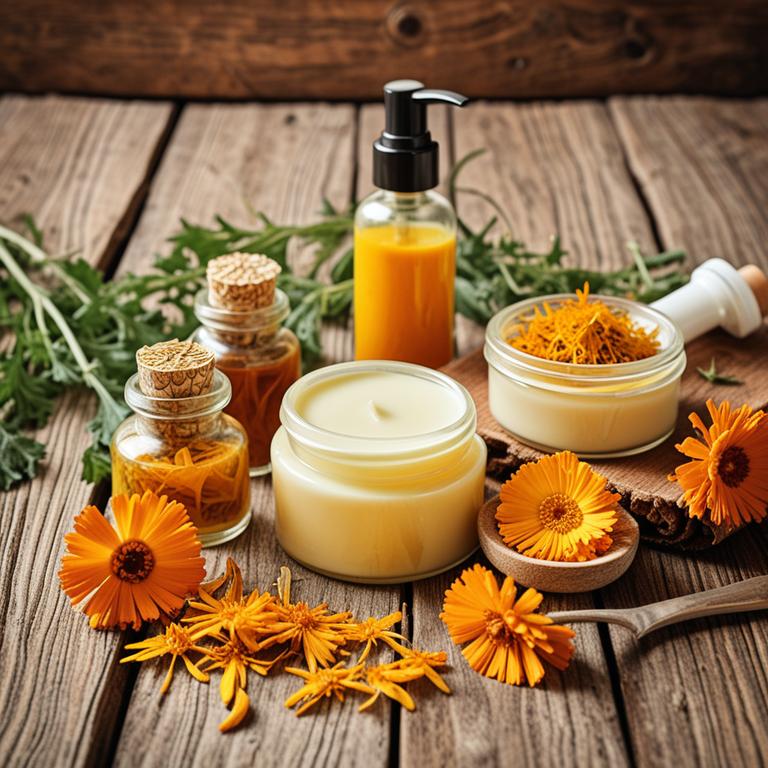
Calendula officinalis herbal lotions are widely used for their soothing and anti-inflammatory properties, making them a popular choice for treating minor burns.
These lotions contain extracts from the flowers of the calendula plant, which are rich in flavonoids and triterpenes that help reduce redness and promote healing. When applied to burns, calendula lotion can provide a cooling effect and may help prevent infection due to its antimicrobial properties. It is often recommended for first-degree burns and minor skin irritations, though it should not replace professional medical care for severe burns.
Overall, calendula officinalis lotions offer a natural and gentle option for supporting skin recovery after burns.
2. Aloe barbadensis
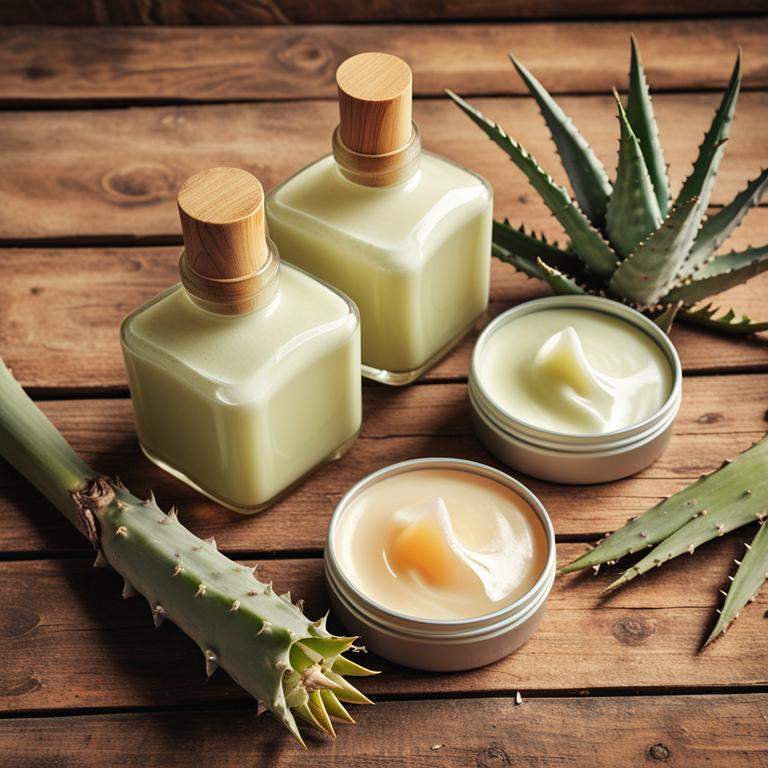
Aloe barbadensis, commonly known as aloe vera, is widely used in herbal lotions for its soothing and healing properties, particularly for burns.
These lotions often contain a concentrated form of aloe gel, which helps to reduce inflammation, promote skin regeneration, and alleviate pain associated with minor burns. The cooling effect of aloe vera provides immediate relief, making it a popular choice for first-degree burns and sunburns. Additionally, aloe barbadensis contains antioxidants and anti-inflammatory compounds that support the skin's natural healing process.
When applied topically, these herbal lotions can help prevent scarring and maintain skin hydration during the recovery period.
3. Hypericum perforatum
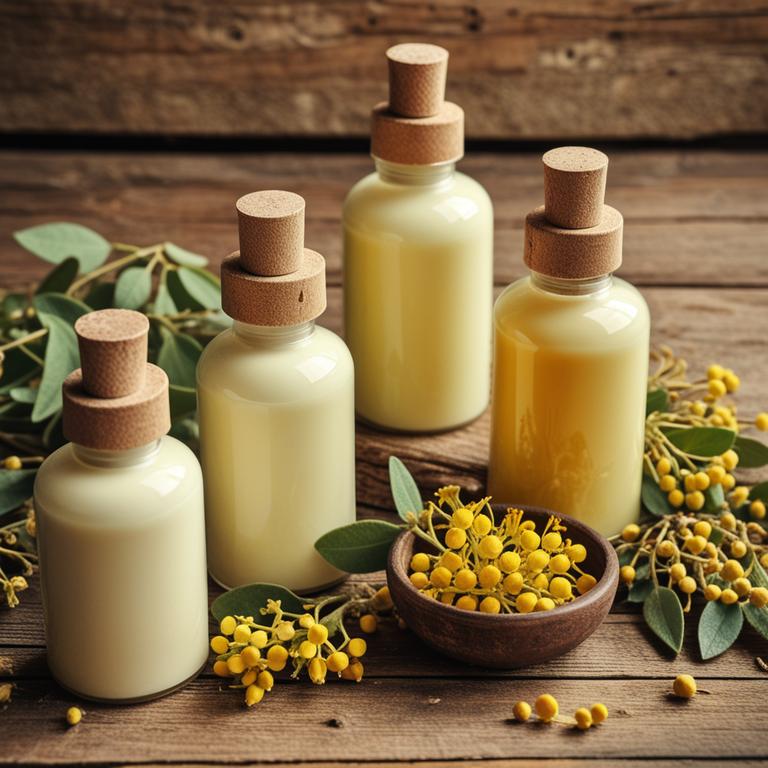
Hypericum perforatum, commonly known as St. John's Wort, is traditionally used in herbal lotions for its potential anti-inflammatory and analgesic properties.
These lotions are often applied to minor burns to help reduce pain and promote healing by soothing the affected skin. The active compounds in hypericum, such as hyperforin and hypericin, are believed to contribute to its therapeutic effects. However, it is important to note that while some studies suggest its efficacy, it should not replace professional medical treatment for severe burns.
Always consult a healthcare provider before using any herbal remedy, especially on broken or infected skin.
4. Lavandula angustifolia
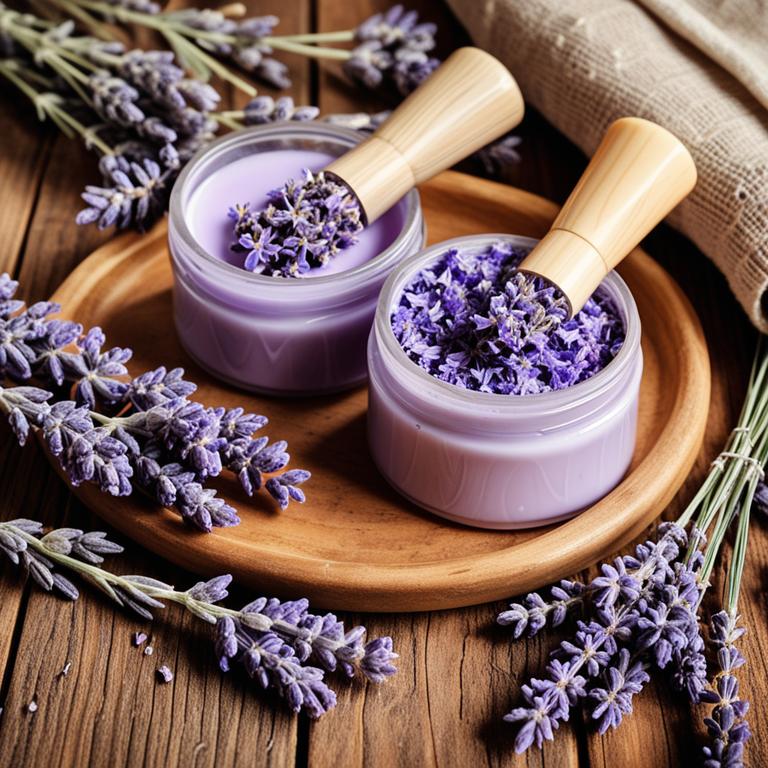
Lavandula angustifolia, commonly known as English lavender, is often used in herbal lotions for its soothing and anti-inflammatory properties.
These lotions are particularly beneficial for minor burns due to their ability to reduce redness, swelling, and pain. The essential oils in lavender help promote skin healing and provide a calming effect, making them a popular natural remedy. When applied topically, lavender-infused lotions can help prevent infection and ease the discomfort associated with burns.
However, it is important to consult a healthcare professional for severe burns, as herbal treatments may not be sufficient for more serious injuries.
5. Chamomilla recutita
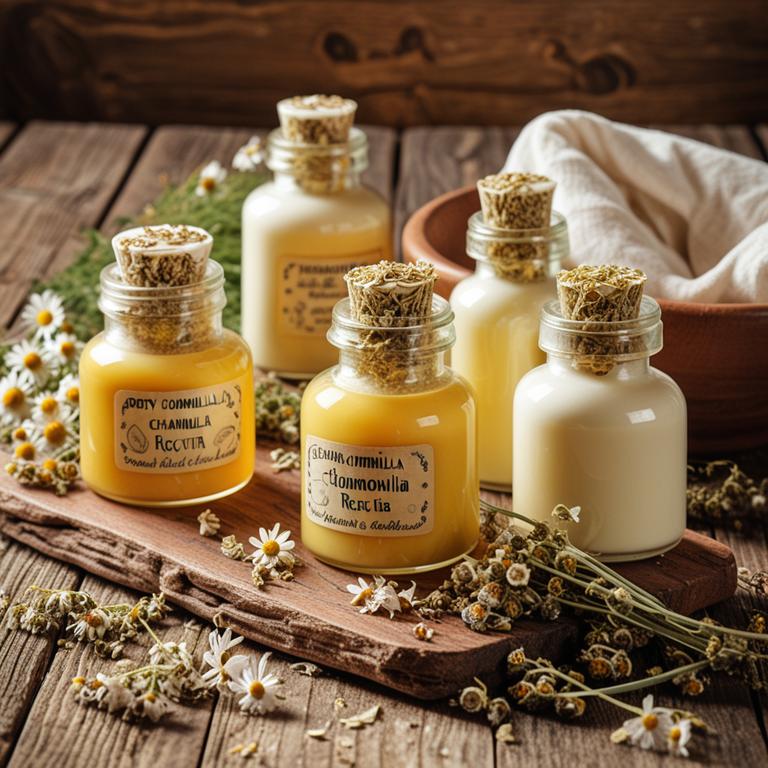
Chamomilla recutita, commonly known as chamomile, is often used in herbal lotions for its soothing and anti-inflammatory properties.
These lotions are particularly beneficial for minor burns, as they can help reduce redness, swelling, and irritation. The active compounds in chamomile, such as bisabolol and flavonoids, promote skin healing and provide a calming effect. When applied topically, chamomile lotions can offer relief from the discomfort associated with burns.
However, it is important to consult a healthcare professional before using herbal treatments, especially for more severe burns.
6. Echinacea purpurea
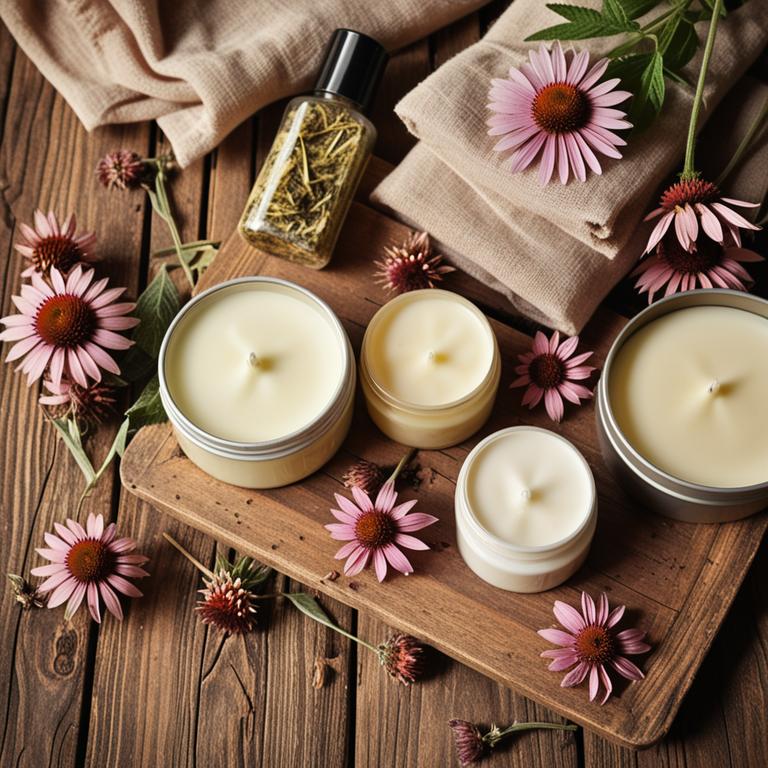
Echinacea purpurea, commonly known as purple coneflower, is often used in herbal remedies for its potential anti-inflammatory and antimicrobial properties.
While it is traditionally used for immune support and colds, some herbal lotions containing echinacea purpurea are marketed for their soothing effects on minor burns and skin irritations. These lotions may help reduce redness and promote healing by providing a protective barrier on the skin. However, it is important to note that echinacea is not a substitute for conventional burn treatments, especially for severe burns, and should be used with caution.
Always consult a healthcare professional before using any herbal remedy on burns to ensure safety and proper care.
7. Rosa canina
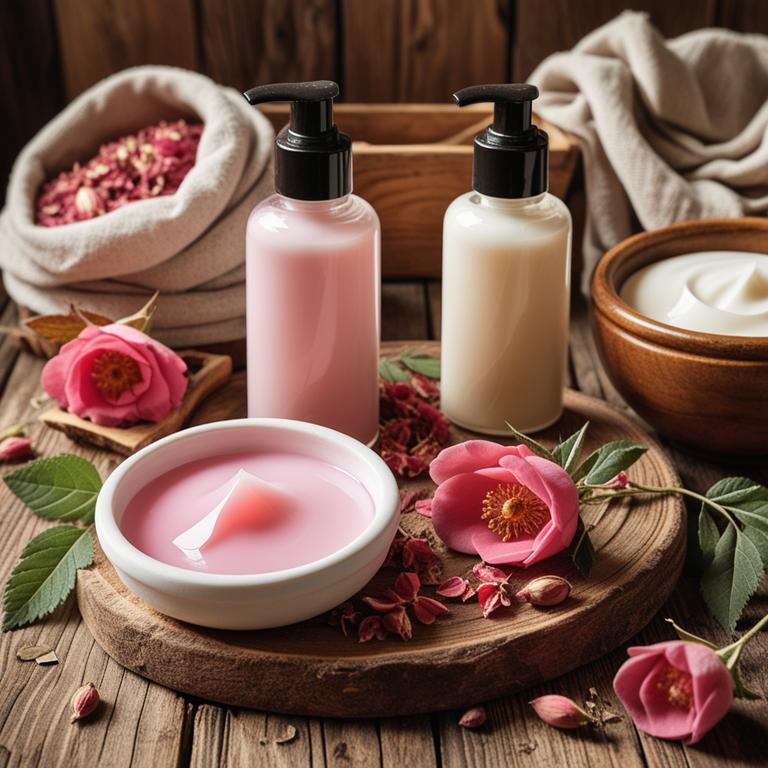
Rosa canina, also known as rosehip, is a traditional herbal ingredient that has been used for centuries to support skin health and healing.
Rosa canina herbal lotions are formulated with extracts from the fruit of the rose plant, which are rich in essential fatty acids, vitamins, and antioxidants. These lotions are commonly used to soothe and repair burns by promoting skin regeneration and reducing inflammation. The anti-inflammatory and antioxidant properties of rosehip oil can help alleviate pain and accelerate the healing process of minor burns.
When applied topically, these herbal lotions offer a natural and gentle alternative for those seeking to manage burn-related discomfort and promote skin recovery.
8. Symphytum officinale
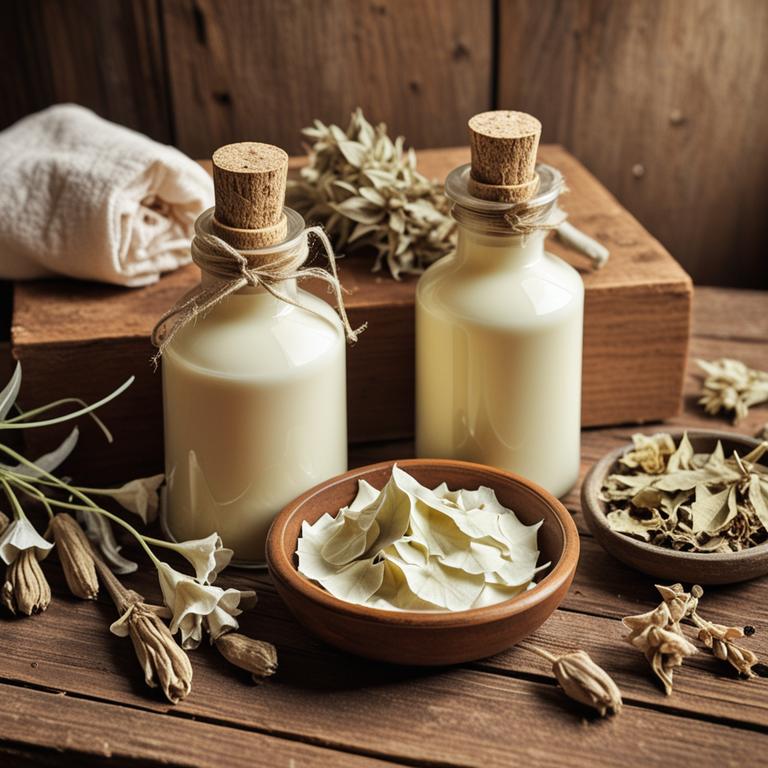
Symphytum officinale, commonly known as comfrey, is traditionally used in herbal lotions for burns due to its high concentration of allantoin, which promotes skin healing and cell regeneration.
These lotions are often applied topically to minor burns to reduce inflammation and support the repair of damaged skin tissue. However, it is important to note that comfrey contains pyrrolizidine alkaloids, which can be toxic if absorbed into the bloodstream, making it unsuitable for use on open wounds or severe burns. As a result, while comfrey-based lotions may offer some soothing benefits for minor burns, they should be used with caution and under the guidance of a healthcare professional.
Always consult a medical expert before using any herbal remedy for burns to ensure safety and effectiveness.
9. Vitex agnus-castus
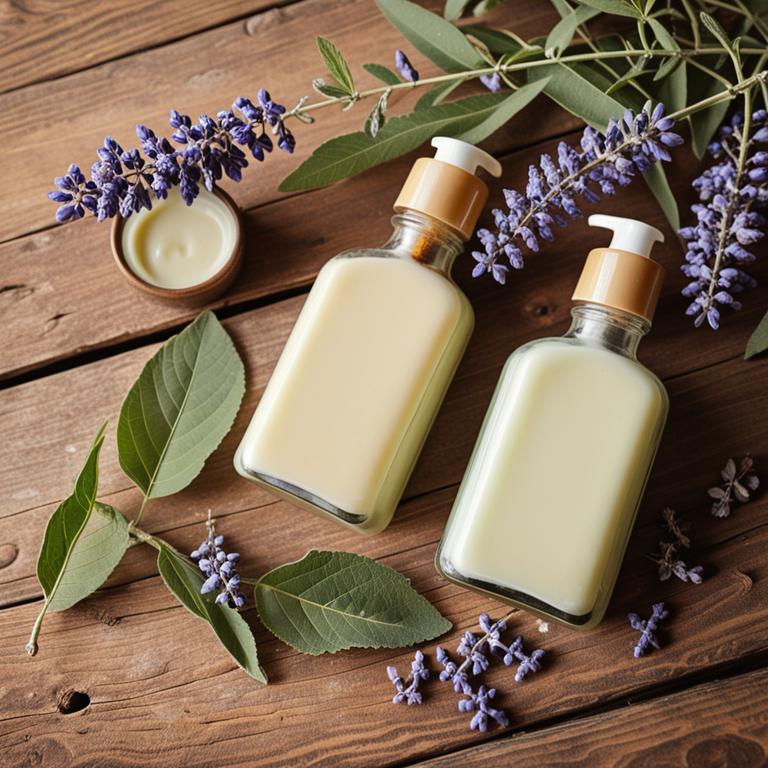
Vitex agnus-castus, commonly known as chaste tree, is traditionally used in herbal medicine for its potential soothing and anti-inflammatory properties.
Herbal lotions containing vitex agnus-castus may be applied topically to minor burns to help reduce redness and irritation. While not a substitute for medical treatment in severe burns, these lotions can offer some relief and promote healing in mild cases. The essential oils and compounds in vitex may help calm the skin and support the body's natural recovery process.
As with any herbal remedy, it is advisable to consult a healthcare professional before use, especially for sensitive or open wounds.
10. Sutherlandia frutescens
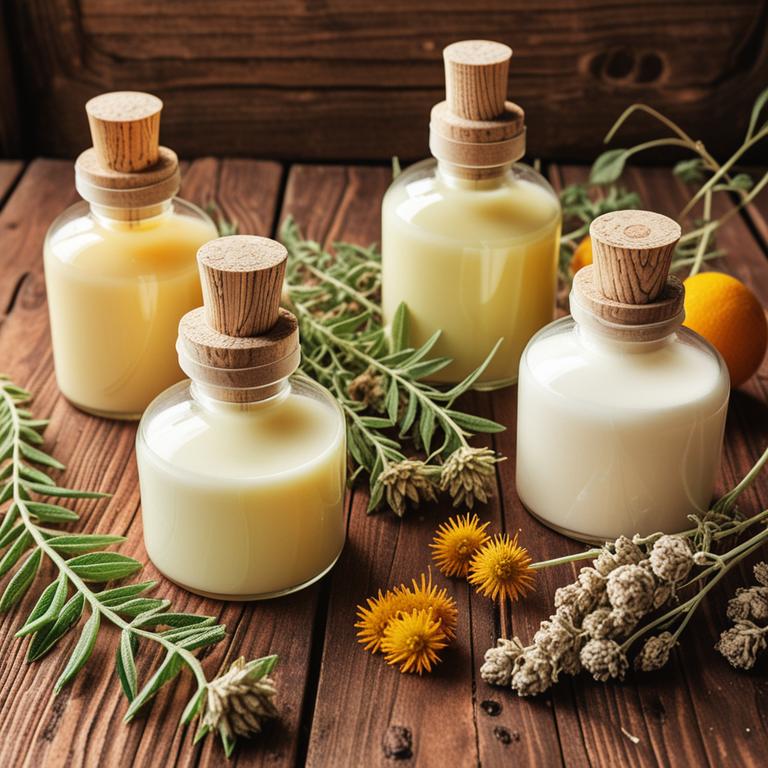
Sutherlandia frutescens, also known as the "Cancer Bush," is a traditional South African herbal remedy that has been explored for its potential benefits in treating burns.
Herbal lotions made from Sutherlandia frutescens are believed to possess anti-inflammatory and analgesic properties, which may help reduce pain and swelling associated with burns. While there is limited scientific research on its efficacy for burns, some studies suggest that the plant's compounds may support tissue repair and immune function. These lotions are often used as complementary treatments alongside conventional burn care, though they should not replace medical treatment for severe burns.
Due to the lack of standardized dosing and safety data, it is important to consult a healthcare professional before using Sutherlandia frutescens for burn treatment.